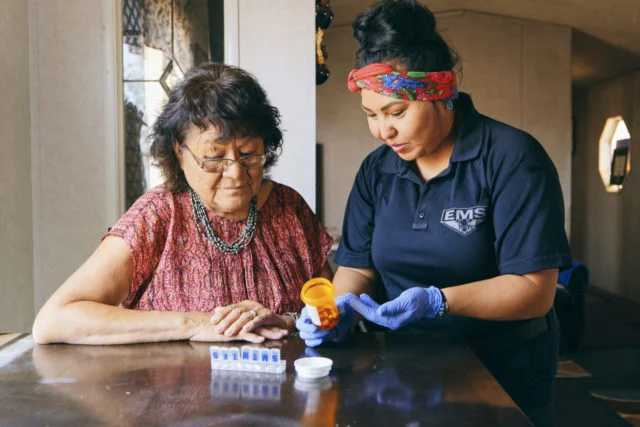Tag: racial disparity

This paper examines the experiences of older adults with disabling conditions during the COVID-19 pandemic using data from the 2020 Health and Retirement Study. It documents the negative health, work, and financial experiences of older adults by disability status, race, and ethnicity. It also explores the intersectionality of race and…

The racial disparities embedded in our work, retirement, and government systems will be front and center at the annual meeting of a national research consortium. One of the presentations at the online meeting on Aug. 4 and 5 will explore the impact of wealth and income inequality on Black and Latinx workers at a tim…



